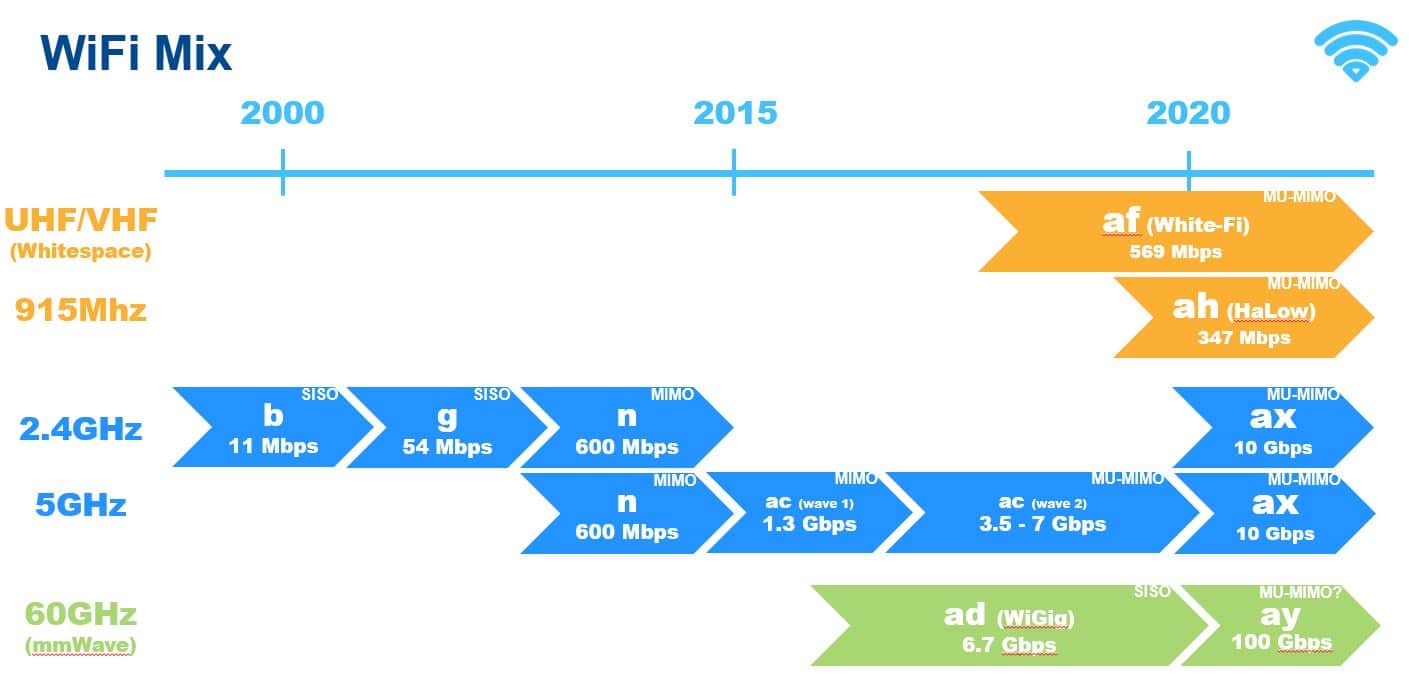The year 2014 was a key moment for the structured cabling industry. That is when the number of devices on the Internet officially surpassed the number of people on the Internet. In other words, we’re carrying and using more connected devices than ever before. Since then, Internet of Things (IoT) has begun to take over conversations about technology. Digital buildings – which feature a connected infrastructure to bring building systems together via the enterprise network – are moving to the forefront.
With these changes, how can you design your cabling infrastructure – your layer 0 – to support network technology changes? Every structured cabling system is unique, designed to fit a company’s specific needs. Taking the future into account during cabling projects helps maximize your investment while decreasing long-term costs. With correct planning and design, you’ll be ready for future hardware and software upgrades, be able to support increasing numbers of devices joining your network and will be set to accommodate higher-speed Ethernet migrations, such as 40G/100G.
We have gathered our best pieces of advice on how to design your layer 0 to support the future of network technology.
1. Abide by Cabling Standards
To provide guidance and best practices for the lifetime of your layer 0, following standards for structured cabling systems allows for the mix of products from different vendors and also helps in future moves, adds and changes:
- TIA , North American standards for things like telecommunications cabling (copper and fiber), bonding and grounding, and intelligent building cabling systems
- ISO/IEC, global standard harmonized with TIA networking standards
- IEEE, which creates Ethernet-based standards for networks and relies on TIA and ISO/IEC layer 0 standards
2. Invest in High-Performance Cables
When your cabling system is designed to be used across multiple generations of hardware, it can remain in place longer while supporting fast and easy hardware upgrades.
Analyze how your business is currently run, as well as any expected business or technology shifts in the years to come. Then match these requirements with the performance characteristics of the cabling systems you’re considering.
Make sure that the category cabling can:
- Support the full 100m distance per channel
- Accommodate a tight bend radius inside wall cavities and other tight spaces
- Support the highest operating temperature rating possible with low DC resistance
- Maintain excellent transmission performance
- Be bundled or tightly packed into trays and pathways without performance issues
Most Category 6A cables offer all of the benefits mentioned above, making Category 6A a solid decision that will support the future of network technology.
3. Find a Reputable Warranty
One of the best ways to ensure that your cabling and connectivity solutions will last is to find products that are backed by extensive and impressive warranties (such as a 25-year warranty).
When layer 0 is properly designed and installed, the structured cabling system will support your short-term and long-term needs. A reliable warranty ensures that this happens. For example, with a 25-year warranty, the installed system should meet or exceed industry standards for 25 years, as well as support future standards and protocols. If this isn’t the case, the manufacturer should address the issue.
Read full article





